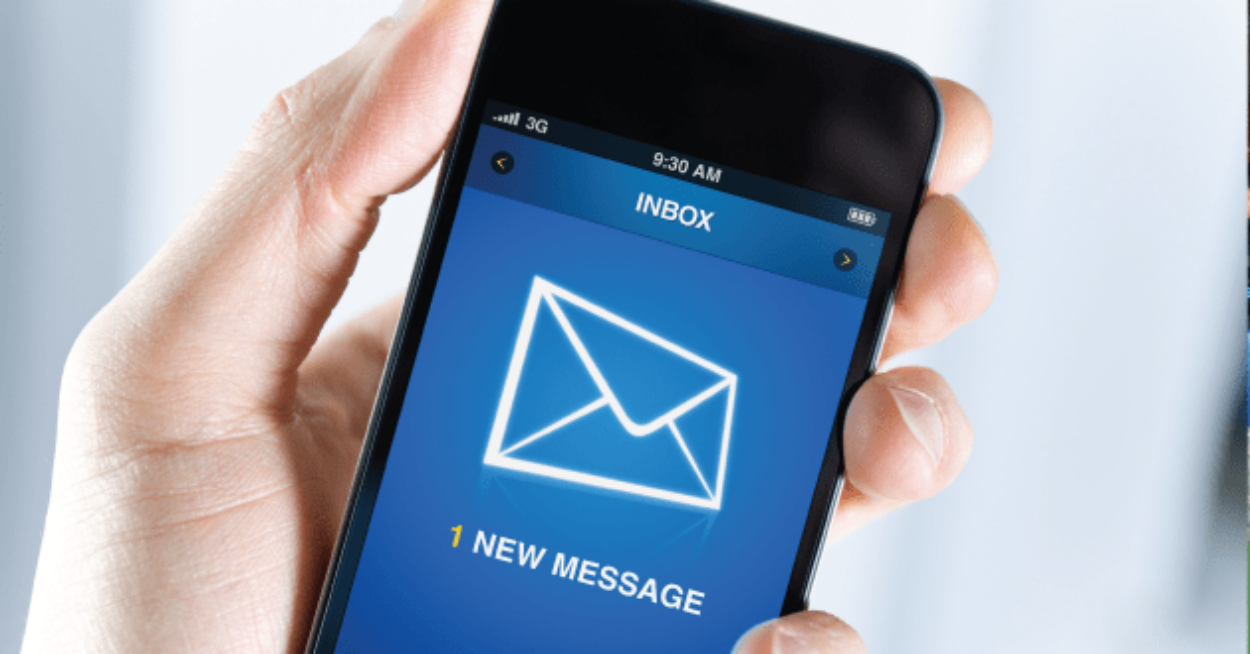
Despite dire predictions over the years that email is on its way out, this personalized online medium remains the direct communication method of choice for most business and sales professionals. Email empowers us to provoke curiosity, share our messages and inspire the prospect to take action. To accomplish these goals in an age of information overload, however, you must maximize the effectiveness and impact of your emails.
Here are 4 surprisingly simple-but-powerful ways you can reach decision makers and fill your sales funnel with new leads:
First, show up!
Woody Allen has been credited with saying, “80 percent of success is showing up.” Same thing with email success: if you don’t show up in your intended recipient’s inbox, you can’t get your email opened, read or acted on. But with spam filters becoming more aggressive, even legitimate and well-intended emails like yours might end up in the “junk” folder without your prospect ever seeing it.
How can you help make sure that your emails make the cut?
- Don’t use words like “Free,” “Guaranteed,” or “Act Now!”
- Don’t use ALL CAPITAL LETTERS or over-exuberant punctuation like “!!!” or “$$$”
- Don’t overload your emails with attachments (especially large ones), lots of links, or extensive marketing graphics
- Do keep your prospecting emails simple and image free (including your email signature)
Better Subject Lines = More Opens
The subject line is your first and best chance to make sure your email gets opened and read. Subject lines are like headlines; to be effective, they must grab the reader’s interest. To do this, you must demonstrate that your email will be relevant and useful to the recipient. To get readers to open your email as soon as they see it in their inbox, you must be clear in your subject line that you will address their needs and (begin to) solve a problem they have.
Make your subject line clear and direct, yet also concise. Above all, make it compelling. If you are sending an email newsletter, for example, which of these subject lines do you find more compelling? “October Newsletter” or “3 Sure-fire Ways to Close More Sales”? The first example promises only to share information about the sender. The latter example, on the other hand, promises to solve a problem for the reader.
Here are some other ways you can craft more effective subject lines:
- Cite a referral or mutual friend in the subject line (e.g., “Jane Smith suggested we connect…”)
- Cite a current customer’s experience (e.g., “Here’s How We Increased Sales by 300% for Our Customer, ABC Co.”, or “Here’s How We Saved XYZ Co. 20% on Inventory Costs”)
- Use a potentially game-changing factoid (e.g., “[Your Competitor] Reduced Costs by 25%. We Can Show You How to Beat Them at Their Own Game.”)
- Cite a potential benefit (e.g., “3 Easy Ways You Can Cut Your Inventory Costs by 20%.”)
Try different approaches, but remember to focus on benefits to your reader. In time – and by keeping track – you’ll learn which subject lines generate the most opens and incite the best responses.
Reward Readers by Keeping it Simple
If you make it to the inbox and get the email opened, you’ve made it past the “gatekeepers.” Now, you must craft your emails to enhance reading and understanding. Here are some simple ways to help accomplish that:
- Get to the point right away. Front-load your messages so the reader knows the purpose of your message. You’ve got maybe 3 to 5 seconds to let readers know their time will be rewarded if they read on. (Think they’ll come back to it later? Think again.)
- Keep your email free of visual clutter. Make it “scannable” so the reader can decide quickly to give it their time and continued attention.
- Be concise. This will also help make your email visually appealing. The lighter and more “inviting” your email looks, the more likely it is that your prospect will read the first sentence, continue on and take the action you request. (Think about how you react when you see a text-heavy email; your readers will respond the same way. They simply won’t bother to read it all or respond.)
Make it Important – and Easy – for Prospects to Take Action
- Again, focus on your reader’s problems and your solutions for them. Don’t expound on your company’s product or service lines or your long track record of success (the only success prospects care about is how successfully you can scratch their itch!).
- Invite prospects to share their specific problem(s). Offer a listening ear. Understand that being a problem solver first means building rapport and trust. That requires listening. And listening is how constructive – and profitable – sales relationships begin.
- Tell them what action you would like them to take. Invite them to reply or call or click here or register. Make sure the action you want them to take is easy and doesn’t take more than a moment or two. Again, keep it simple.
Bottom Line:
Your prospects are busy and they receive dozens of emails each day. But by using email wisely, you can get them to open, read, and understand your email messages. You can also begin a sales conversation that helps build trust, rapport and long-term profitable professional relationships.
Of course, prospecting emails are just one tool in a salesperson’s tool belt. To better understand how email integrates with other proven sales strategies and tactics, contact a Sales Xceleration Advisor today.
Related posts:
No related posts.

